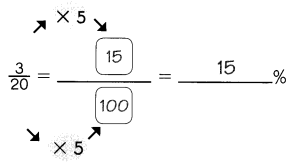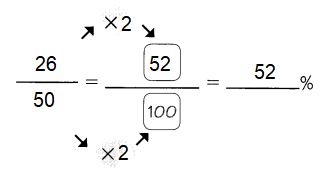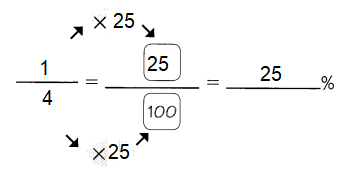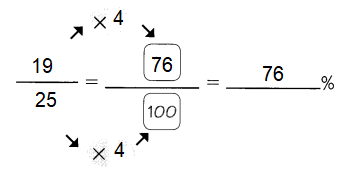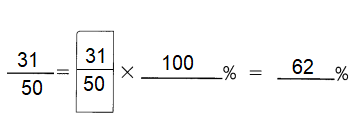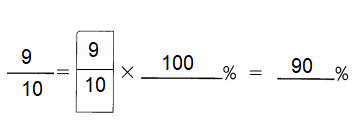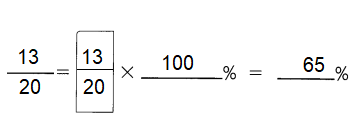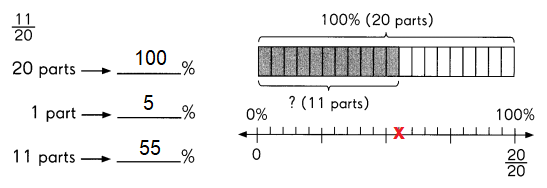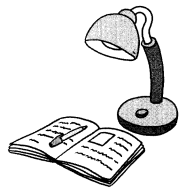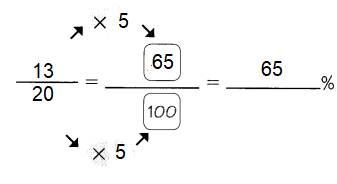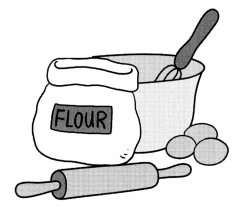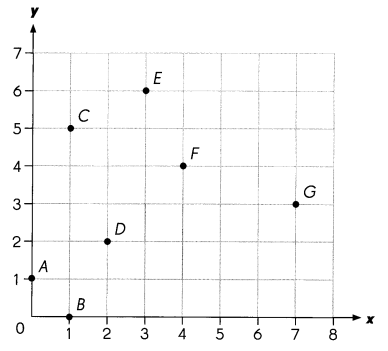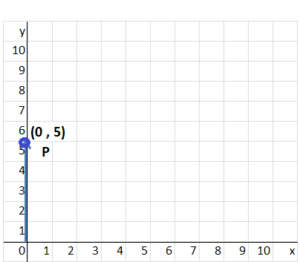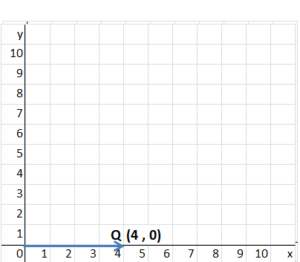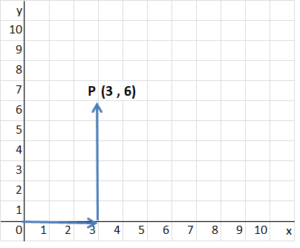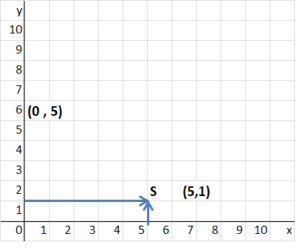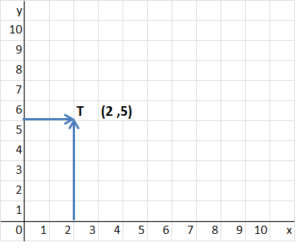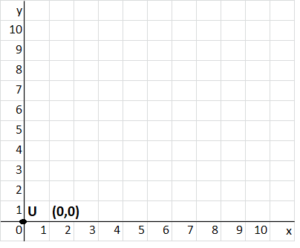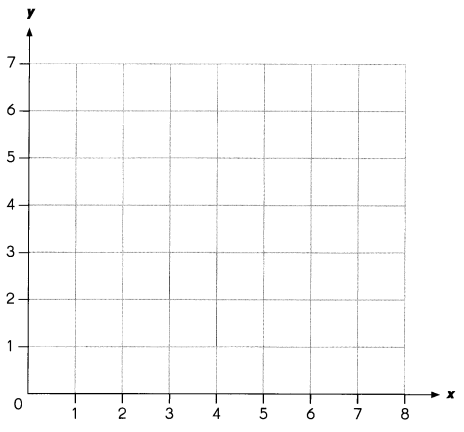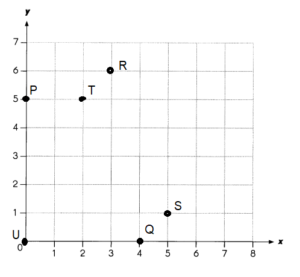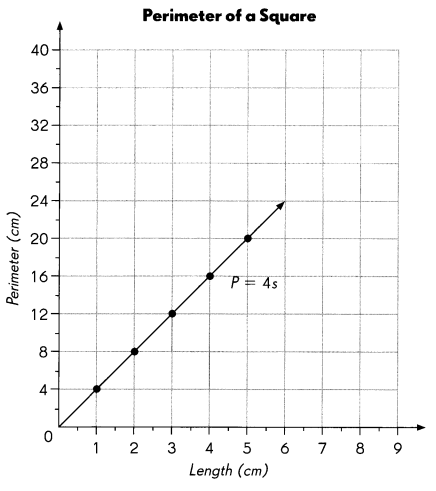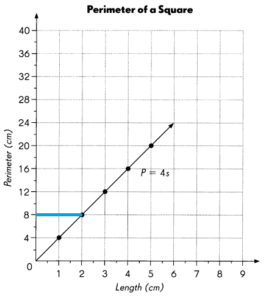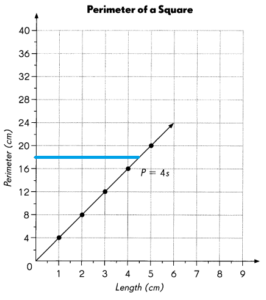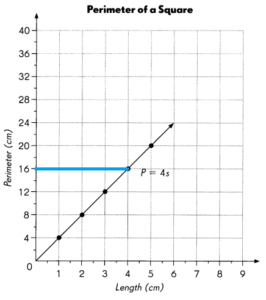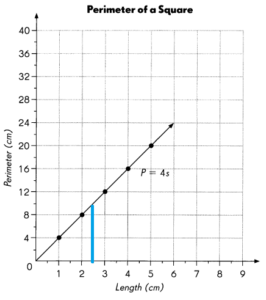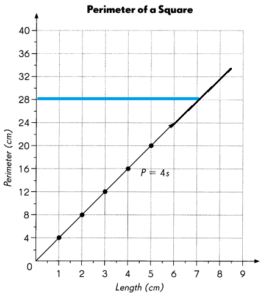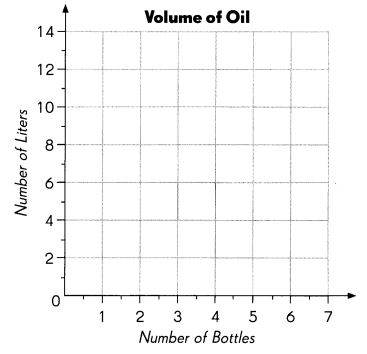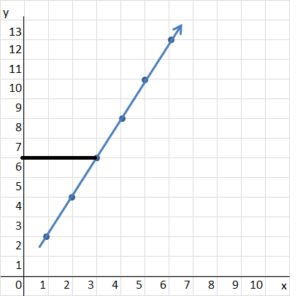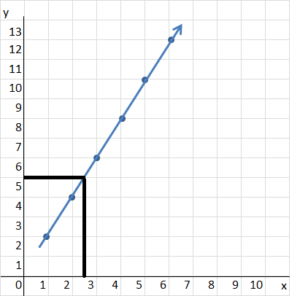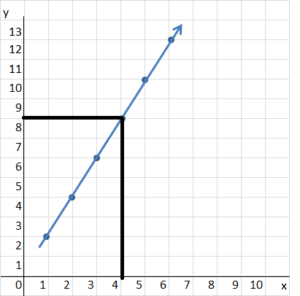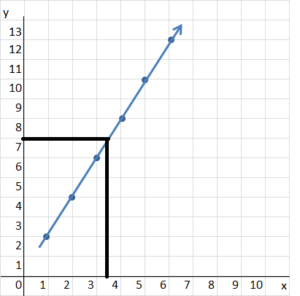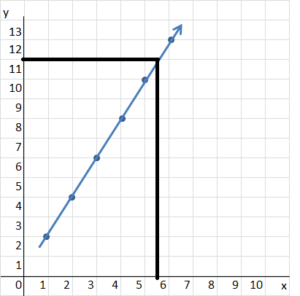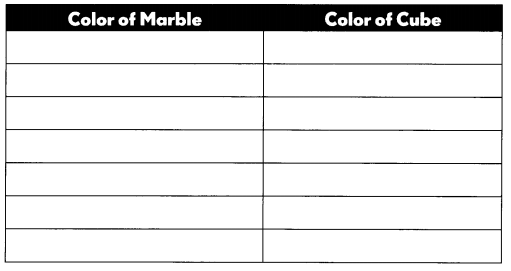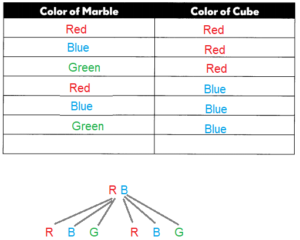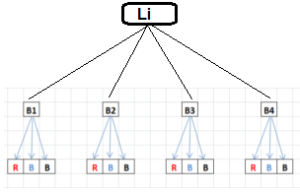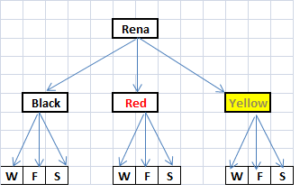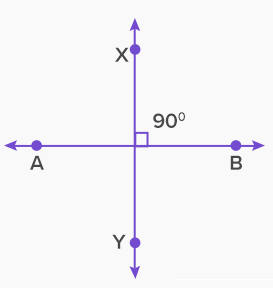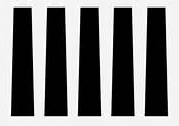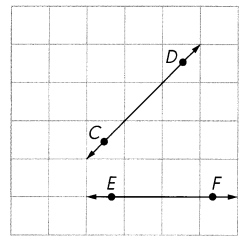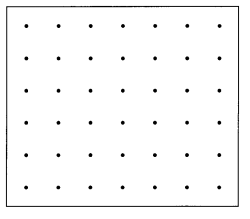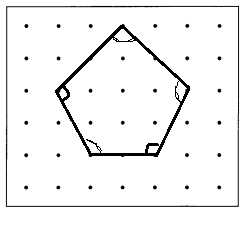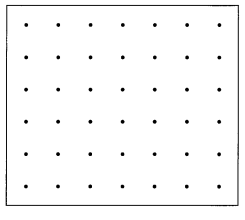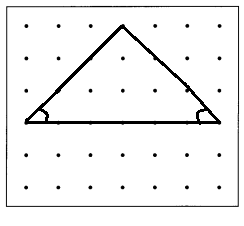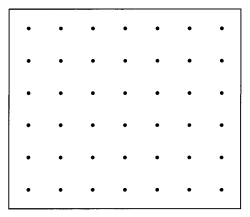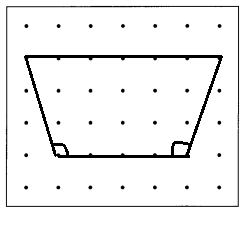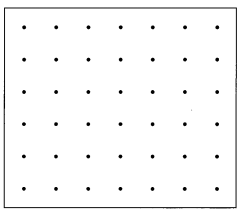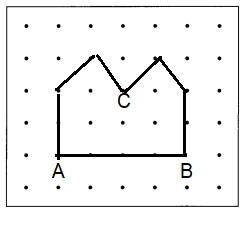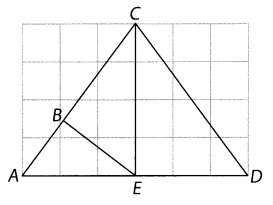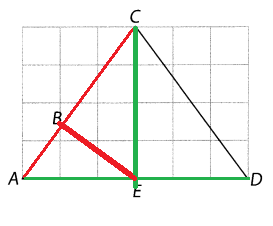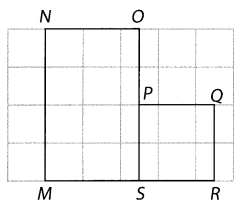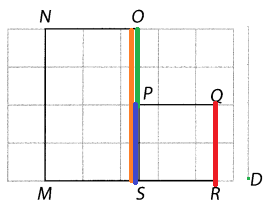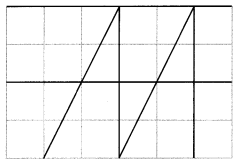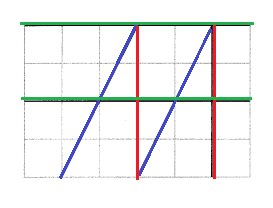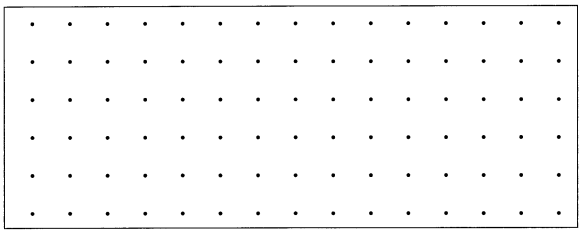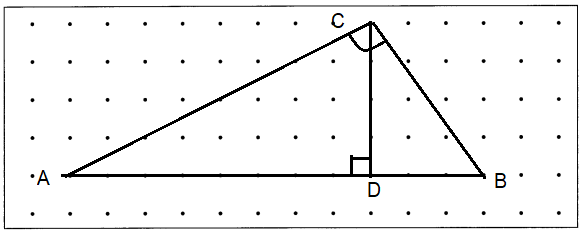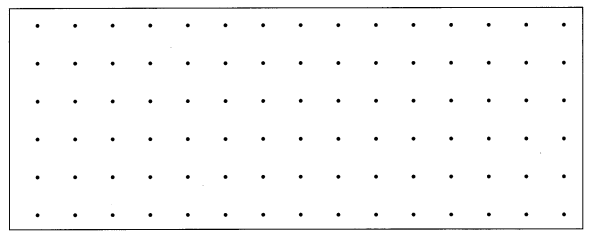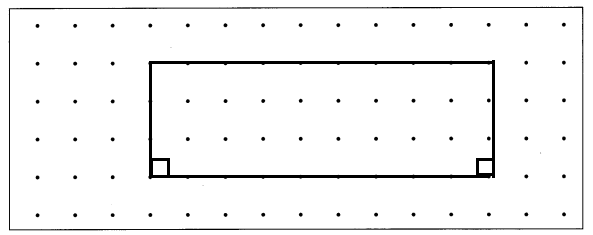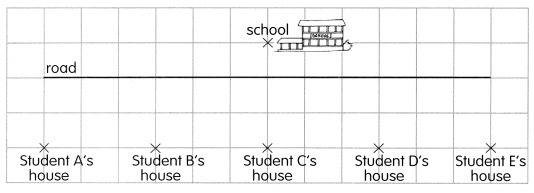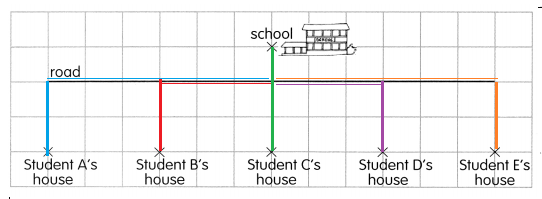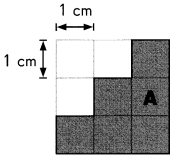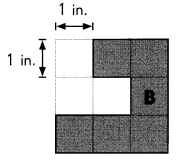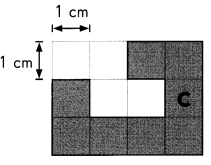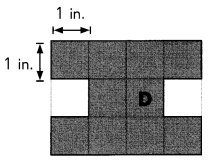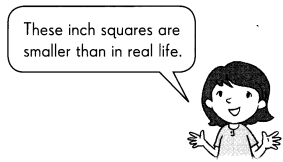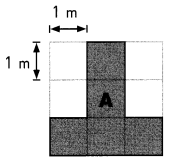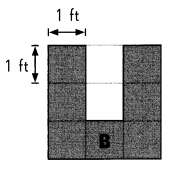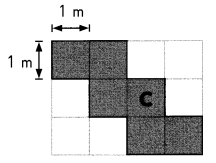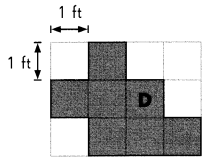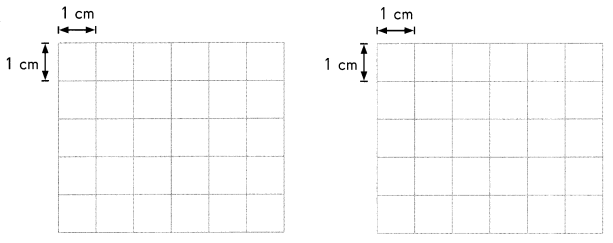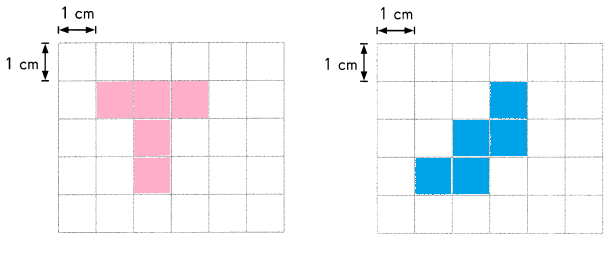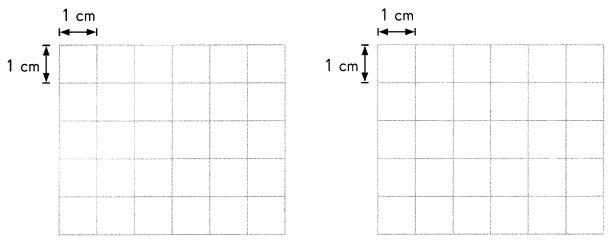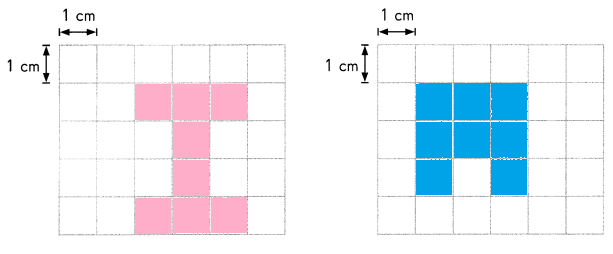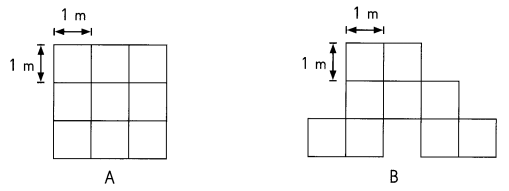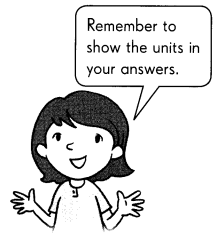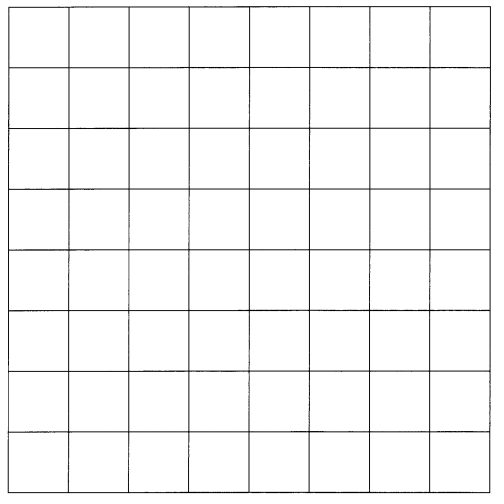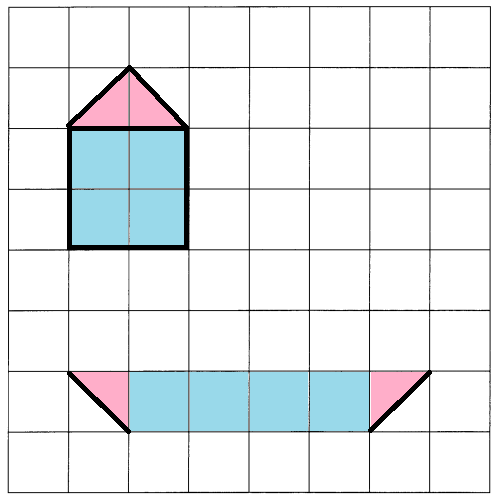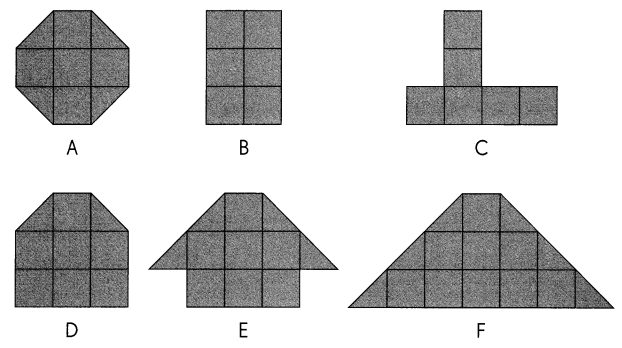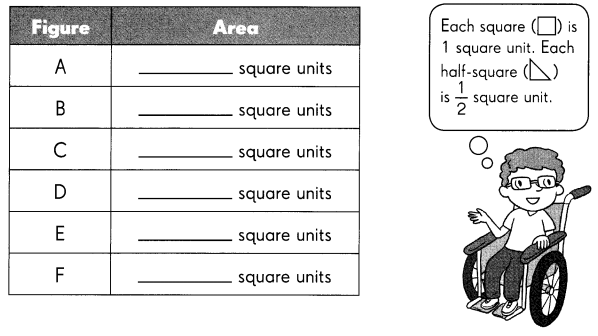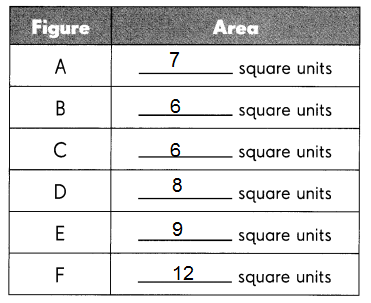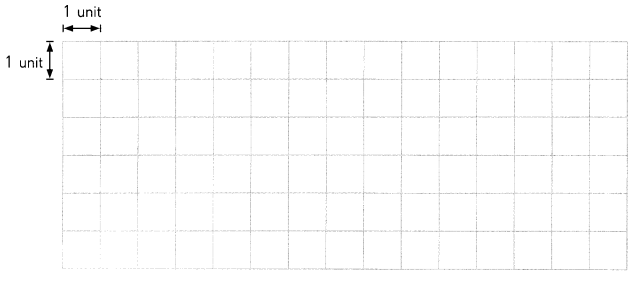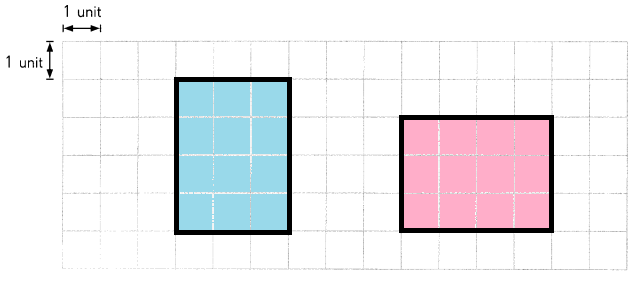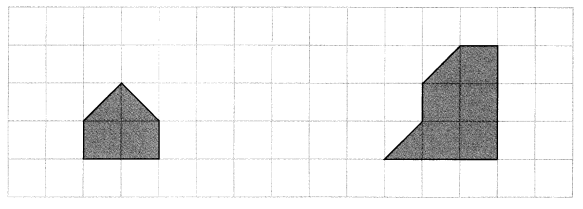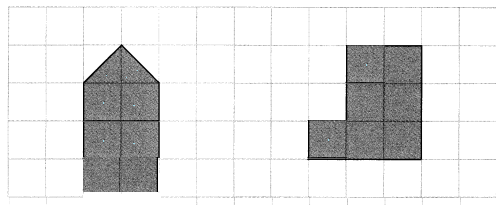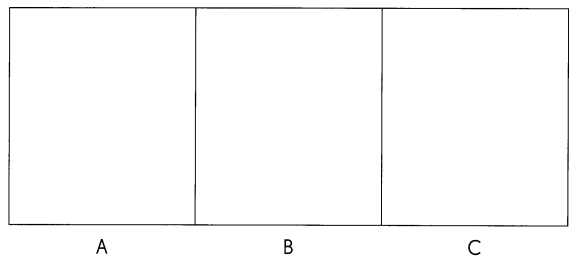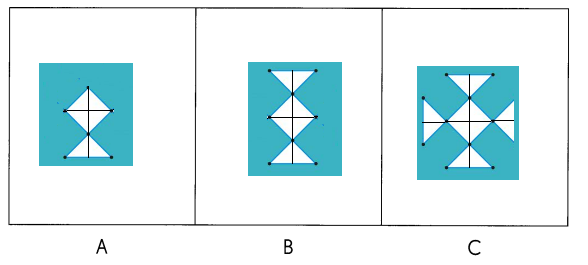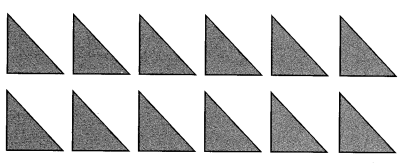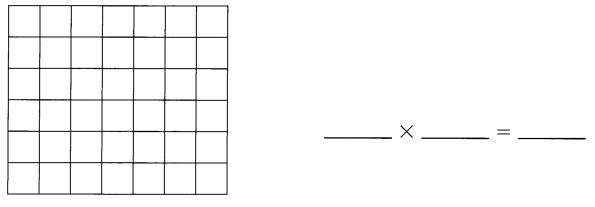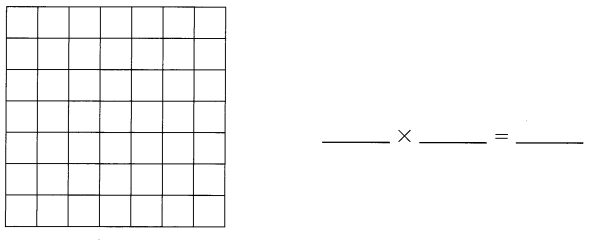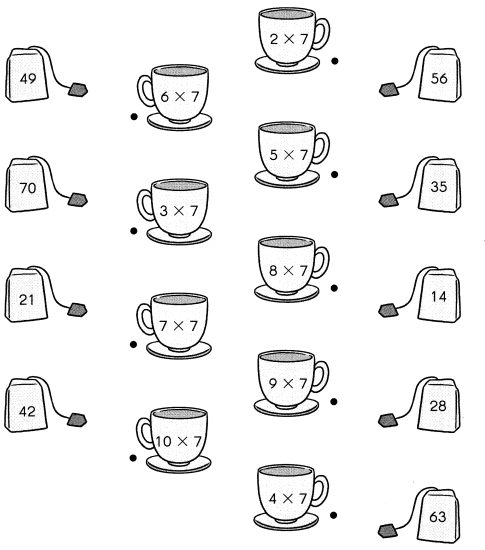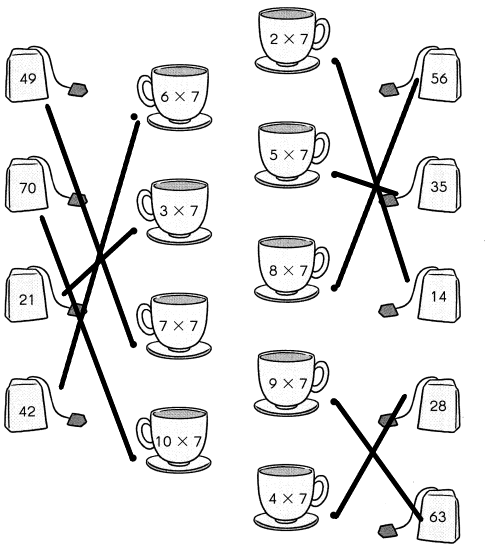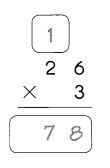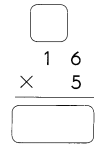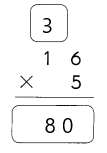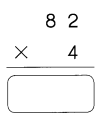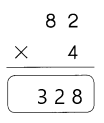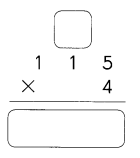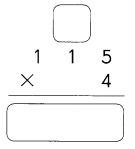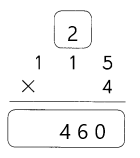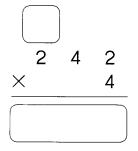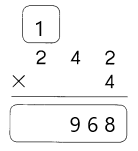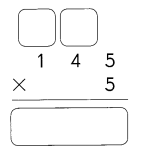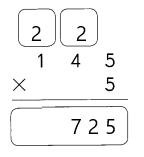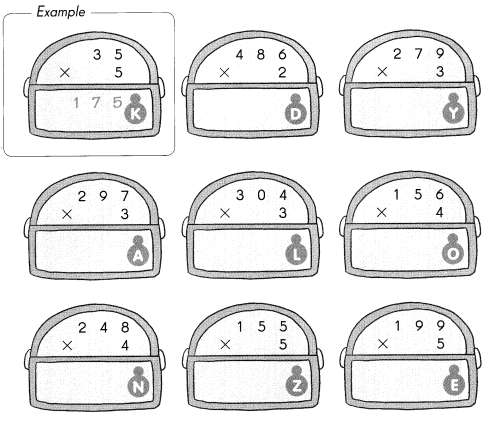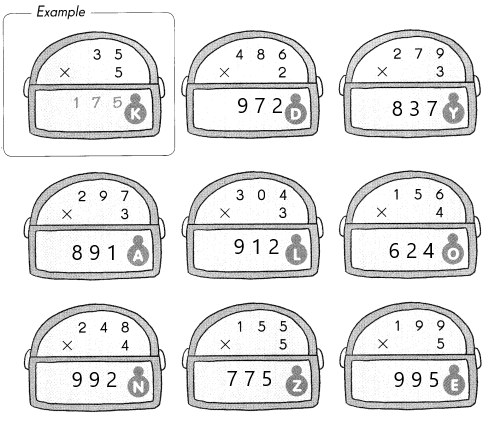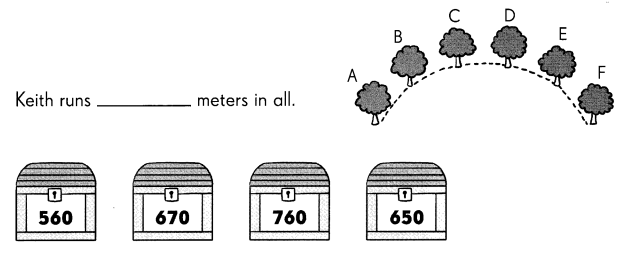Practice the problems of Math in Focus Grade 5 Workbook Answer Key Chapter 9 Practice 5 Estimating Decimals to score better marks in the exam.
Math in Focus Grade 5 Chapter 9 Practice 5 Answer Key Estimating Decimals
Round each decimal to the nearest whole number. Then estimate the sum or difference.
Example
7.7 + 12.3
7.7 rounds to 8.
12.3 rounds to 12.
8 + 12 = 20
7.7 + 12.3 is about 20.
21.8 – 11.5
21.8’ rounds to 22.
11.5 rounds to 12.
22 – 12 = 10
21.8 – 11.5 is about 10.
Question 1.
$2.90 + $7.15
Answer: $10.05
Estimate: 10
Explanation:
2.90 + 7.15
2.90 rounds to 3.
7.15 rounds to 7.
3 + 17 = 10
2.90 + 7.15 is about 10.
Question 2.
9.05 + 19.55
Answer: $28.6
Estimate: 29
Explanation:
9.05 + 19.55
9.05 rounds to 9.
19.55 rounds to 20.
9 + 20 = 29
9.05 + 19.55 is about 29.
Question 3.
35.67 – 15.09
Answer: $20.58
Estimate: 21
Explanation:
35.67 – 15.09
35.67 rounds to 36.
15.09 rounds to 15.
36 – 15 = 21
35.67 – 15.09 is about 21.
Question 4.
$15.40 – $5.95
Answer: $9.45
Estimate: 9
Explanation:
15.40 – 5.95
15.40 rounds to 15.
5.95 rounds to 6.
15 – 6 = 9
15.40 – 5.95 is about 9.
Estimate the product by rounding the decimal to the nearest whole number.
Example
4.5 × 4
4.5 rounds to 5.
5 × 4 = 20
4.5 × 4 is about 20.
Question 5.
19.6 × 3
Answer: 58.8
Estimate: 60
Explanation:
19.6 × 3
19.6 rounds to 20.
20 × 3 = 60
19.6 × 3 is about 60.
Question 6.
0.95 × 8
Answer: 7.6
Estimate:800
Explanation:
0.95 × 8
0.95 rounds to 100.
100 x 8 = 800
0.95 × 8 is about 800.
Question 7.
8.25 × 3
Answer: 24.75
Estimate: 2400
Explanation:
8.25 × 3
8.25 rounds to 800.
800 × 3 = 2400
8.25 × 3 is about 2400.
Estimate the quotient by choosing a whole number close to the dividend that can be evenly divided by the divisor.
Example
24.6 ÷ 5
24.6 is about 25.
25 ÷ 5 = 5
24.6 ÷ 5 is about 5.
Question 8.
38.4 ÷ 6
Answer: 6.4
Estimate: 6
Explanation:
38.4 ÷ 6
38.4 is about 36.
36 ÷ 6 = 6
38.4 ÷ 6 is about 6.
Question 9.
71.09 ÷ 8
Answer: 8.8
Estimate: 9
Explanation:
71.09 ÷ 8
71.09 is about 72.
72 ÷ 8 = 9
71.09 ÷ 8 is about 9.
Question 10.
99.75 ÷ 5
Answer: 19.95
Estimate: 20
Explanation:
99.75 ÷ 5
99.75 is about 100.
100 ÷ 5 = 20
99.75 ÷ 5 is about 20.
Round each decimal to the nearest tenth. Then estimate.
Question 11.
0.47 + 15.51
Answer: 15.98
Estimate: 16
Explanation:
0.47 + 15.51
0.47 rounds to 1.
15.51 rounds to 15.
15 + 1 = 16
0.47 + 15.51 is about 16.
Question 12.
9.95 – 1.46
Answer: 8.49
Estimate: 9
Explanation:
9.95 – 1.46
9.95 rounds to 10.
1.46 rounds to 1.
10 – 1 = 9
9.95 – 1.46 is about 9.
Question 13.
2.89 pounds × 4
Answer: 11.56
Estimate: 1200
Explanation:
2.89 × 4
2.89 rounds to 300.
300 × 4 = 1200
2.89 × 4 is about 1200.
Estimate the quotient by choosing a tenth close to the dividend that can be evenly divided by the divisor.
Question 14.
6.34 kilograms ÷ 7
Answer: 0.90
Estimate: 1
Explanation:
6.34 ÷ 7
6.34 is about 7.
7 ÷ 7 = 1
6.34 ÷ 7 is about 1.
Solve. Show your work.
Question 15.
A bag of walnuts sells for $1.95. Estimate the cost of 8 bags of walnuts.
Answer: $15.6
Estimate: 16
Explanation:
1.95 × 8
1.95 rounds to 2.
2 × 8 = 16
1.95 × 8 is about 16.
Question 16.
A piece of plywood is 1 .27 centimeters thick. Find the thickness of a pile of 9 pieces of plywood to the nearest tenth of a centimeter. Estimate to check if your answer is reasonable.
Answer: 11.43 cm
Estimate: 1170
Explanation:
1.27 × 9
1.27 rounds to 130.
130 × 9 = 1170
1.27 × 9 is about 1170.
